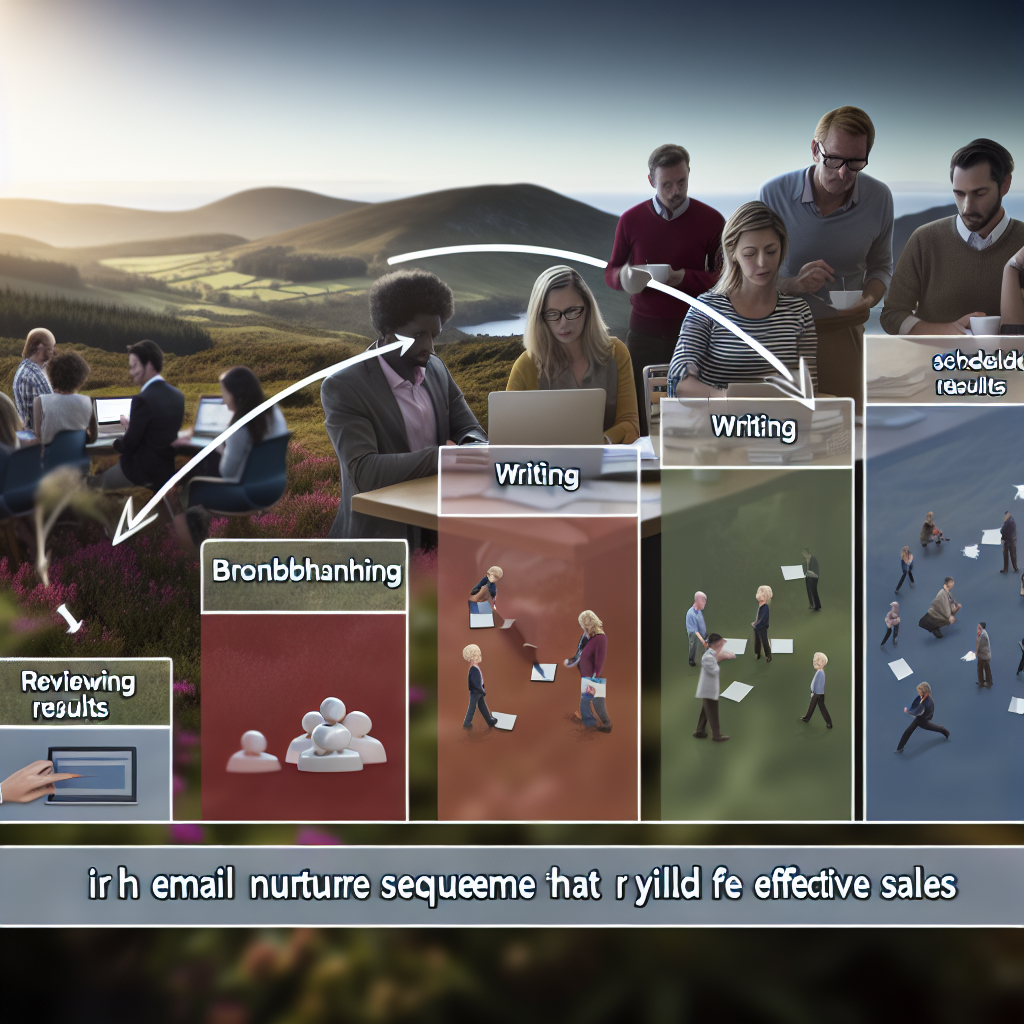Marketing Forensics
How to Build an Email Nurture Sequence That Sells
-
Table of Contents
- How to Build an Email Nurture Sequence That Sells
- Understanding Email Nurture Sequences
- Steps to Building an Effective Email Nurture Sequence
- 1. Define Your Goal
- 2. Identify Your Audience
- 3. Map Out Your Sequence
- 4. Craft Your Content
- 5. Test and Optimize
- Examples of Successful Email Nurture Sequences
- 1. Zappos
- 2. HubSpot
- Key Takeaways
- Conclusion
How to Build an Email Nurture Sequence That Sells

Email marketing remains one of the most effective ways to engage with your audience, build relationships, and drive sales. However, to achieve these results, you need more than just a list of email addresses. You need a well-planned email nurture sequence. This article will guide you through the process of creating an email nurture sequence that sells, backed by relevant examples, case studies, and statistics.
Understanding Email Nurture Sequences
An email nurture sequence, also known as a drip campaign, is a series of automated emails sent to subscribers over a period of time. The goal is to engage, educate, and guide the recipient towards making a purchase or taking a desired action. According to a study by Demand Gen Report, nurtured leads make 47% larger purchases than non-nurtured leads.
Steps to Building an Effective Email Nurture Sequence
Creating an effective email nurture sequence involves several steps, each crucial to the success of your campaign.
1. Define Your Goal
Before you start crafting your emails, it’s essential to define what you want to achieve with your nurture sequence. This could be increasing product sales, promoting a new service, or re-engaging inactive subscribers.
2. Identify Your Audience
Understanding your audience is key to creating relevant and engaging content. Segment your email list based on factors like purchase history, demographics, and behavior to ensure your messages resonate with the recipients.
3. Map Out Your Sequence
Plan the number of emails in your sequence and the interval between them. A typical nurture sequence might include a welcome email, educational content, a case study, and a sales pitch.
4. Craft Your Content
Each email in your sequence should provide value and move the recipient closer to your goal. Use compelling subject lines, personalization, and clear calls to action to increase engagement.
5. Test and Optimize
Monitor the performance of your emails and make adjustments as needed. A/B testing can help you determine what works best for your audience.
Examples of Successful Email Nurture Sequences
Let’s look at some examples of successful email nurture sequences for inspiration.
1. Zappos
Zappos uses a simple yet effective nurture sequence to welcome new subscribers. The first email introduces the brand and offers a discount, the second showcases popular products, and the third encourages social media engagement.
2. HubSpot
HubSpot’s nurture sequence for new users includes a series of educational emails that guide the recipient through using their platform. This not only provides value but also encourages continued use of their service.
Key Takeaways
Building an effective email nurture sequence involves defining your goal, understanding your audience, planning your sequence, crafting engaging content, and continually testing and optimizing. By following these steps, you can create a nurture sequence that not only engages your audience but also drives sales.
Conclusion
An email nurture sequence is a powerful tool for building relationships with your audience and driving sales. However, it requires careful planning and execution. By defining your goal, understanding your audience, crafting engaging content, and continually testing and optimizing, you can create a nurture sequence that truly sells. Remember, the key to a successful nurture sequence is providing value at every step of the customer journey.
